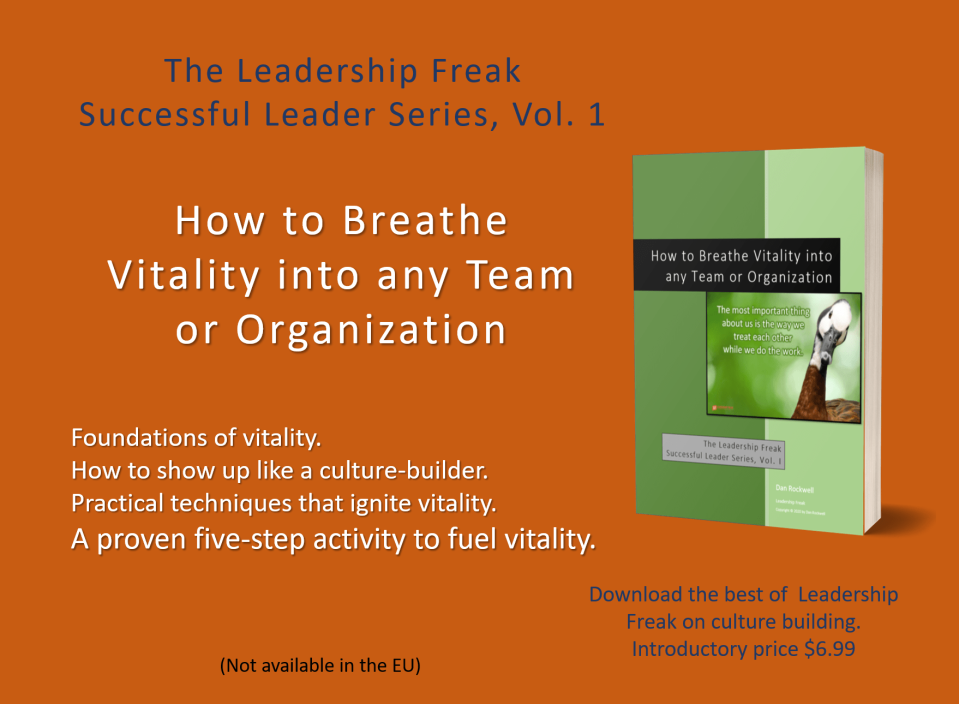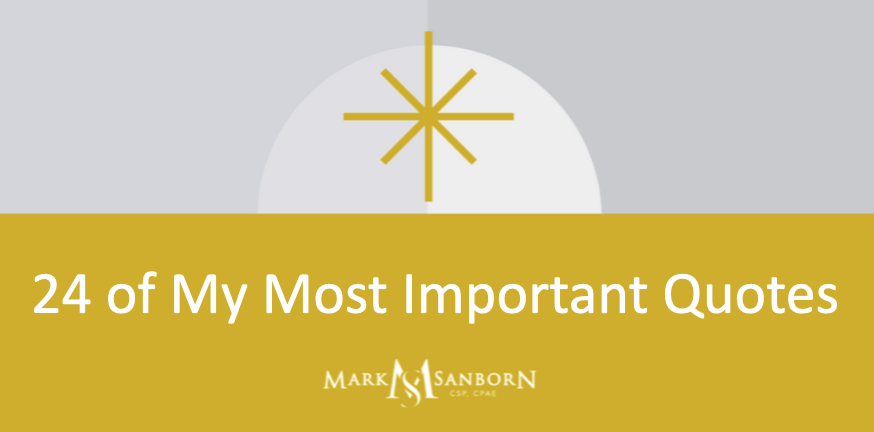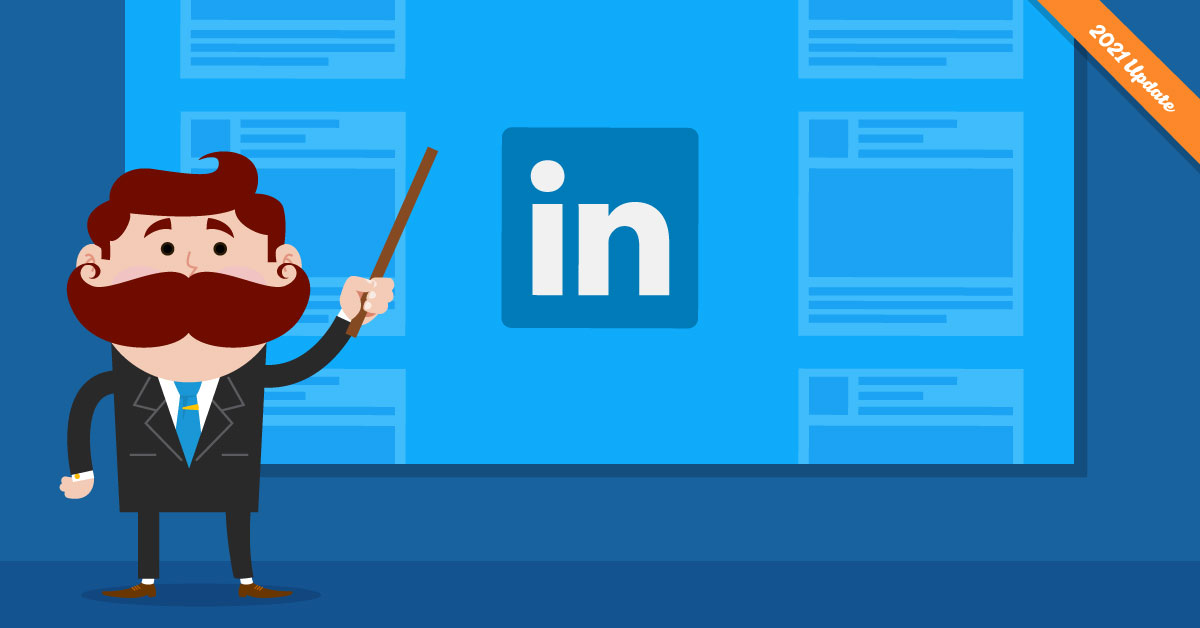Are you familiar with Reader’s Digest? In business since 1922, it famously condenses books and articles to make information more quickly and readily accessible.
I’ve been speaking full time for 36 years. I’ve written eight books and have coauthored several more. I have hours and hours of material I’ve presented and still frequently present. What follows is a “Reader’s Digest” version of what I consider to be my most important ideas and lessons.
I’ve condensed each as a stand alone idea that hopefully doesn’t need explanation. But if what follows piques your interest, most can be found in the books I’ve authored to date.
Nobody can prevent you from choosing to be extraordinary.
You don’t need a title to be a leader.
Inspiration is motivation to the power of purpose.
Better always beats best.
Different isn’t necessarily good. Different that is valued is good.
Leaders don’t just tell a better story, they make the story better.
Fear nothing but to waste the present moment.
We all know how good we’ve become but none of us know how good we could be.
Leadership is an invitation to greatness we extend by example.
Customers don’t remember sameness. They remember different that they value.
Experimentation and agility beat process and planning every time.
Your resume and your legacy are two different things.
In teamwork, silence isn’t golden, it is deadly.
Position never determines performance in life, ultimately performance determines position in life.
To give great service, treat customers and clients like friends.
Take life one day at a time, and make each day better than the last.
Don’t copy the crowd, learn from the leaders.
It is hard to be thoughtful if you’re moving too fast.
You always accomplish more cooperating with people than you do competing against them.
Add value to the important work you do.
To get full credit for your successes, you’ve got to take credit for you failures.
Life puts us into classes we wouldn’t have signed up for. The choice is to learn or languish.
Don’t just have a hero. Be a hero to someone else.
Nobody gets really better accidentally. Only wine improves over time without effort.
Have you read or heard any other ideas from my work you’d suggest including? Please let me know.
I hope these little ideas give you big insights into how you can live your life and do business better.
Mark Sanborn is an award winning speaker and Leadership Expert in Residence at High Point University, the Premier Life Skills University. For more information about his work, visit www.marksanborn.com.

Author: Mark Sanborn
Mark holds the Certified Speaking Professional designation from the National Speakers Association (NSA) and is a…
Continue reading


![The Best Way to Connect With Your eCommerce Customers with Scott Cunningham [VIDEO]](https://jeffcassman.biz/wp-content/uploads/2021/11/YOUTUBETHUMB_Ecomconnect_1-1200x675.jpg)













